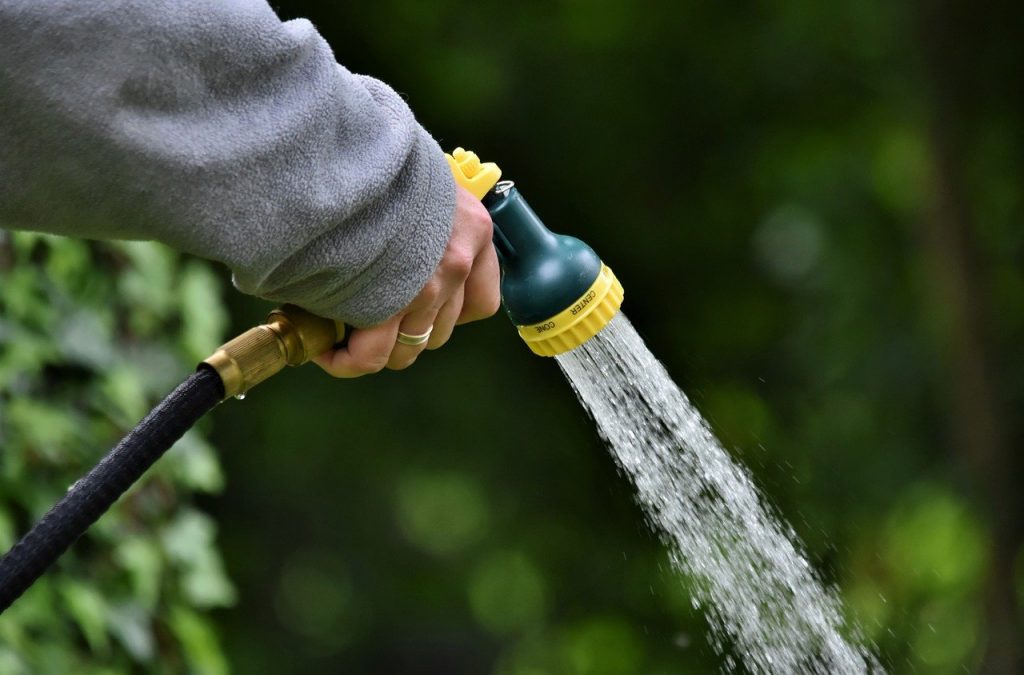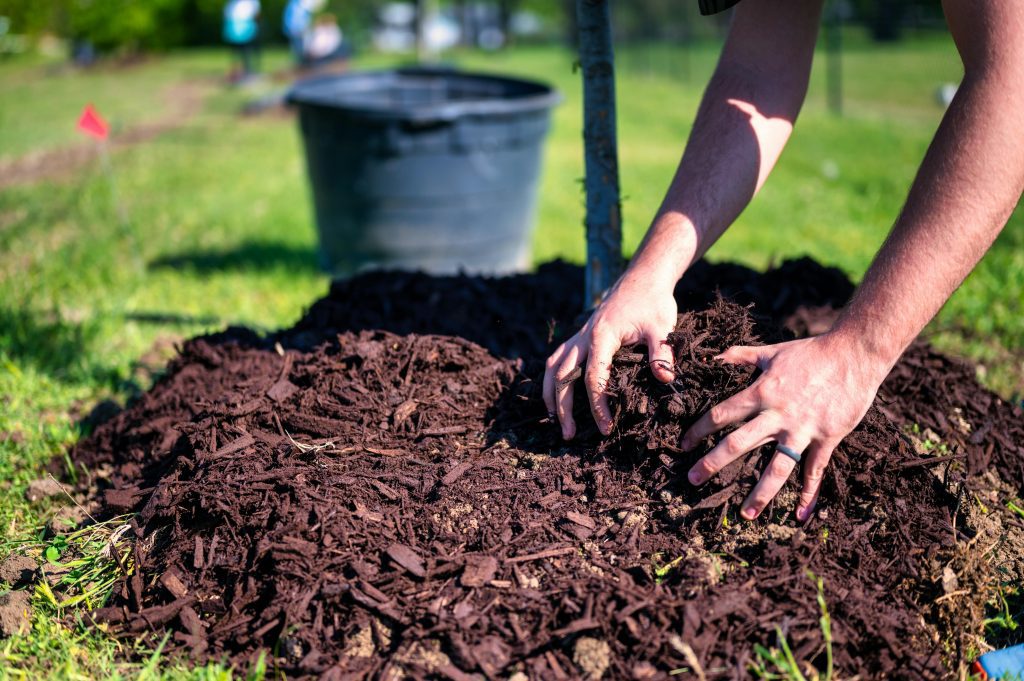Water conservation in garden design is a crucial aspect of sustainable landscaping. It involves the careful planning and implementation of strategies to reduce water usage and wastage in garden spaces. This is particularly important in regions where water scarcity is a concern, as well as in areas where water restrictions are in place. By understanding the principles of water conservation in garden design, gardeners can create beautiful and thriving landscapes while minimising their environmental impact.
One key aspect of water conservation in garden design is the use of native and drought-resistant plants. These plants are adapted to the local climate and soil conditions, requiring minimal irrigation once established. Additionally, incorporating permeable surfaces, efficient irrigation systems, and rainwater harvesting techniques can further reduce water usage in the garden. Mulching and soil management also play a significant role in water conservation, as they help retain moisture in the soil and reduce evaporation. By understanding these principles and implementing them in garden design, gardeners can create sustainable landscapes that thrive with minimal water input.
Summary
- Water conservation in garden design is essential for sustainable and eco-friendly landscaping.
- Choosing drought-resistant plants is crucial for maintaining a sustainable garden in dry conditions.
- Implementing efficient irrigation systems helps to minimise water wastage and promote water conservation.
- Utilising rainwater harvesting techniques can provide a sustainable water source for garden maintenance.
- Incorporating permeable surfaces in garden design helps to promote water absorption and reduce runoff.
Choosing Drought-Resistant Plants for Sustainable Gardens
Choosing drought-resistant plants is a fundamental aspect of creating sustainable gardens that require minimal water input. These plants are adapted to arid conditions and can thrive with little to no irrigation once established. When selecting drought-resistant plants for a garden, it is essential to consider the local climate, soil type, and sun exposure. Native plants are often excellent choices, as they are naturally suited to the local environment and require minimal maintenance once established.
Drought-resistant plants come in a wide variety of shapes, sizes, and colours, allowing for diverse and visually appealing landscapes. Some popular choices include lavender, yucca, agave, and ornamental grasses. These plants not only reduce water usage but also provide habitat and food for local wildlife. By choosing drought-resistant plants for sustainable gardens, gardeners can create beautiful landscapes that thrive with minimal water input, while also supporting local ecosystems.
Implementing Efficient Irrigation Systems

Efficient irrigation systems are essential for sustainable garden design, as they help minimise water usage while ensuring that plants receive the necessary moisture to thrive. Drip irrigation, soaker hoses, and smart irrigation controllers are all examples of efficient irrigation systems that can significantly reduce water wastage. These systems deliver water directly to the root zone of plants, minimising evaporation and runoff.
When implementing efficient irrigation systems, it is important to consider the specific water needs of different plant species and group them accordingly. This allows for targeted watering and prevents overwatering or underwatering. Additionally, incorporating rain sensors and moisture sensors into irrigation systems can further optimise water usage by adjusting watering schedules based on weather conditions and soil moisture levels. By implementing efficient irrigation systems in garden design, gardeners can ensure that their landscapes thrive with minimal water input while reducing their environmental impact.
Utilising Rainwater Harvesting Techniques
| Technique | Benefits | Challenges |
|---|---|---|
| Rooftop Rainwater Harvesting | Reduces water bills, reduces demand on mains water supply | Requires regular maintenance, initial installation cost |
| Surface Water Harvesting | Prevents soil erosion, recharges groundwater | Dependent on rainfall, may require filtration |
| Stormwater Harvesting | Reduces flooding, provides water for landscaping | Requires storage infrastructure, may need treatment |
Rainwater harvesting is a sustainable practice that involves collecting and storing rainwater for later use in the garden. This technique helps reduce reliance on municipal water sources and can significantly lower water bills. Rainwater can be collected from roof surfaces, gutters, and downspouts and stored in barrels or cisterns for later use in irrigation.
Utilising rainwater harvesting techniques in garden design not only conserves water but also reduces stormwater runoff, which can carry pollutants into local waterways. By capturing rainwater on-site, gardeners can supplement their irrigation needs with a free and abundant water source. Additionally, incorporating rain gardens and bioswales into the landscape can help manage stormwater and promote infiltration, further reducing the strain on municipal water systems. By utilising rainwater harvesting techniques in garden design, gardeners can create sustainable landscapes that thrive with minimal reliance on external water sources.
Incorporating Permeable Surfaces for Water Absorption
Incorporating permeable surfaces into garden design is an effective way to promote water absorption and reduce stormwater runoff. Permeable paving materials such as gravel, permeable concrete, and porous pavers allow rainwater to infiltrate the soil instead of running off into storm drains. This helps recharge groundwater supplies and reduces the risk of flooding in urban areas.
By incorporating permeable surfaces for water absorption, gardeners can create sustainable landscapes that mitigate the impact of impervious surfaces such as driveways, patios, and walkways. Additionally, permeable surfaces can enhance the aesthetic appeal of the garden by creating naturalistic drainage features such as dry creek beds and swales. By promoting water absorption and reducing stormwater runoff, permeable surfaces play a crucial role in sustainable garden design.
Mulching and Soil Management for Water Retention

Mulching and soil management are essential practices for retaining moisture in the soil and reducing water evaporation in garden spaces. Mulch acts as a protective layer over the soil, reducing moisture loss through evaporation and suppressing weed growth. Organic mulches such as wood chips, straw, and compost also improve soil structure and fertility over time.
In addition to mulching, soil management practices such as composting and cover cropping can enhance soil health and water retention capacity. Compost improves soil structure and moisture retention, while cover crops help prevent erosion and improve infiltration. By incorporating mulching and soil management practices into garden design, gardeners can create landscapes that retain moisture more effectively, reducing the need for frequent irrigation.
Monitoring and Maintaining Sustainable Water Practices in the Garden
Monitoring and maintaining sustainable water practices in the garden is essential for long-term success. Regularly checking irrigation systems for leaks or malfunctions, adjusting watering schedules based on weather conditions, and inspecting plants for signs of stress are all important aspects of maintaining sustainable water practices. Additionally, periodically assessing soil moisture levels and adjusting mulch thickness can help ensure that water is being used efficiently.
By monitoring and maintaining sustainable water practices in the garden, gardeners can identify areas for improvement and make adjustments to optimise water usage. This proactive approach not only conserves water but also promotes healthier plant growth and reduces the risk of water-related issues such as root rot or nutrient leaching. By staying vigilant and proactive in monitoring and maintaining sustainable water practices, gardeners can create thriving landscapes that minimise their environmental impact while conserving this precious resource.
If you’re interested in water conservation in garden design, you may also want to learn about composting techniques to turn organic waste into nutrient-rich soil. Check out this article for more information on how to create sustainable solutions for your garden. Additionally, you can explore more top picks and green gardening tips on Eco Friendly Home and Garden. And if you’re looking for ways to responsibly dispose of your garden hose, this article has some great ideas.
FAQs
What is water conservation in garden design?
Water conservation in garden design refers to the practice of designing and maintaining gardens in a way that minimizes water usage. This can include using drought-resistant plants, efficient irrigation systems, and other techniques to reduce water waste.
Why is water conservation important in garden design?
Water conservation in garden design is important because it helps to reduce water usage, which is especially crucial in areas with water scarcity or drought conditions. By using water-efficient techniques, gardeners can help to conserve this valuable resource and reduce their environmental impact.
What are some techniques for water conservation in garden design?
Some techniques for water conservation in garden design include using drought-resistant plants, mulching to retain soil moisture, installing efficient irrigation systems such as drip irrigation, and capturing rainwater for use in the garden.
What are the benefits of water conservation in garden design?
The benefits of water conservation in garden design include reduced water bills, lower environmental impact, and the ability to maintain a beautiful garden even in areas with water restrictions or drought conditions. Additionally, water-efficient gardens can attract wildlife and support biodiversity.
How can I incorporate water conservation into my garden design?
You can incorporate water conservation into your garden design by choosing drought-resistant plants, improving soil quality to retain moisture, using mulch to reduce evaporation, and installing water-efficient irrigation systems. Additionally, capturing rainwater and using it in the garden can further reduce water usage.


